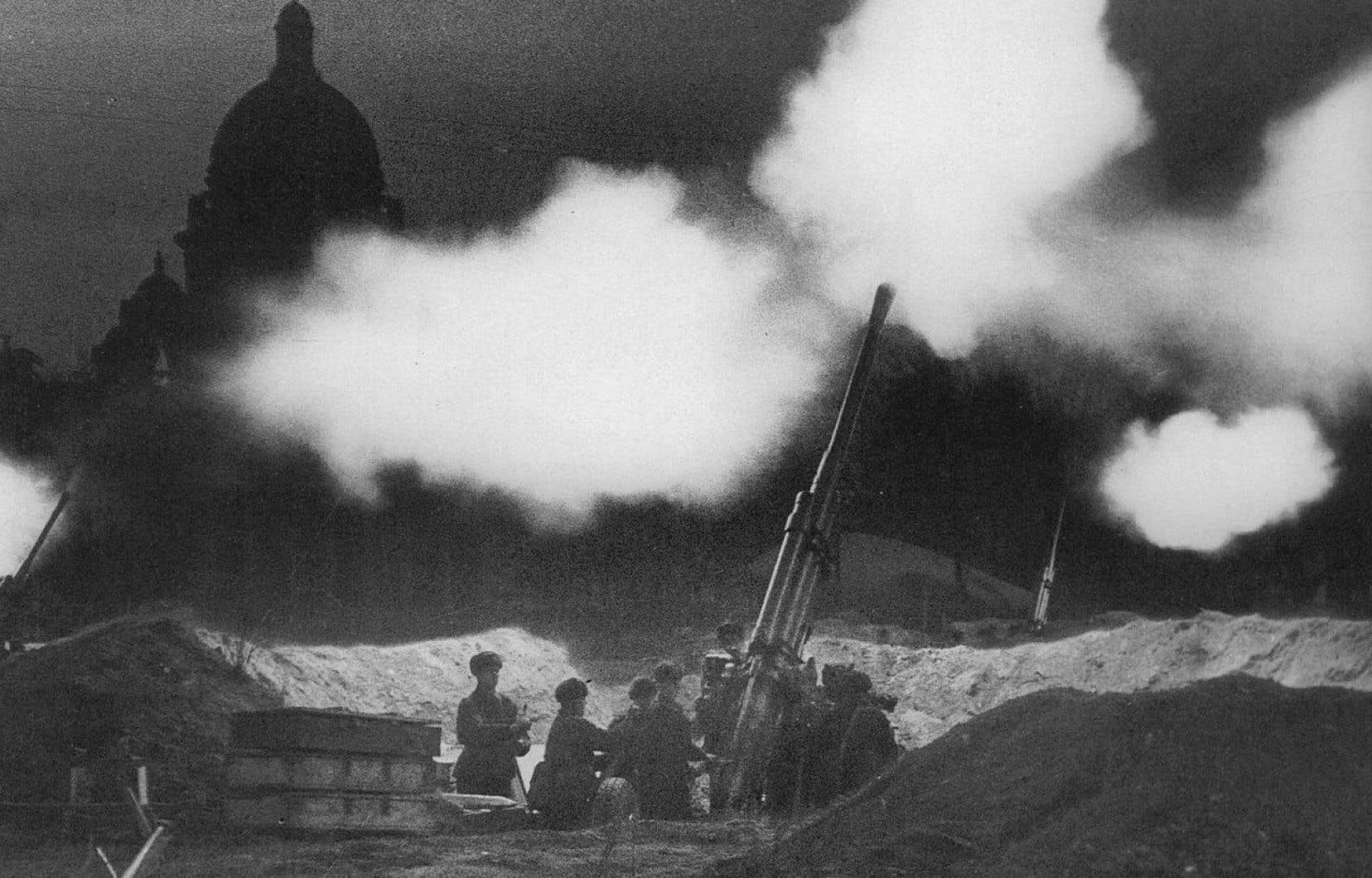Saturday, at the Maison symphonique de Montréal, Yannick Nézet-Séguin will resume the Symphony no 7 by Shostakovich, known as “Leningrad”, which he directed in 2018 in Lanaudière. Played on August 9, 1942 in Leningrad, at 335e day of an 872-day siege which caused nearly a million civilian victims, this symphony like no other is much more than a “war symphony”.
Even if history remembers this concert in a besieged Leningrad, a saga recounted in Brian Moynahan’s brilliant work, The concert heroicthe first execution of the Symphony no 7 dates from March 5, 1942 in Kuïbyshev (now Samara). It will be performed in Moscow a few days later.
Shostakovich will then declare to the Pravda : “I thought of the greatness of our people, of their heroism, of the wonderful humanist ideas, of human values, of our superb nature, of humanity, of beauty. […] I dedicate my Seventh Symphony to our fight against fascism, to our inevitable victory over the enemy and to Leningrad, my hometown. The statement is very interesting. “Humanity, beauty, humanist values”, in this context? What a lesson for all of us!
For Humanity
Before conducting this symphony in Lanaudière, five years ago, Yannick Nézet-Séguin described this work as a “symphony for humanity”, as we also did at the time. He went further in this universalization, refusing to engage in politics, saying that Seventh showed “how, sneakily, stupidity can take hold in our lives and that one day, when we wake up, we realize that it is too late”, concluding that this masterpiece “reminds us of what we need avoid “.
Anyone who has heard this symphony in concert will never forget it for the rest of their life. The deafening diabolical crescendo of the first movement brings the Bolero of Ravel for marshmallow. The last time at the Maison symphonique, it was with what in our eyes is the best orchestra in the world: the Bavarian Broadcasting Symphony, with the late Mariss Jansons. Much more than others, moreover, Jansons had highlighted the universal and human dimensions of the score in an interpretation that was never bellicose or flaunting. On the other hand, the triumph of the hope of light, at the end, was chanted with visceral exacerbation.
Between the great crescendo and the belief in a better future, there is even a little humor. Thus, the second movement had to reduce the accumulated tension. Shostakovich confided to his biographer, Rabinovitch: “Shakespeare was not unaware of the value of humor in tragedy, and knew that one cannot impose continuous tension on listeners. »
But behind humanism, there is still a context that resurfaces despite us. The “Leningrad” Symphony experienced it all. For the concert on August 9, 1942 in the besieged city, the musicians arrived in military uniform. “You could see rifles and pistols leaning against the walls. The instrument boxes were placed next to it,” writes Krzysztof Meyer in his book Dimitri Shostakovich. Five months earlier, in Moscow, “before the start of the fourth movement, the person in charge of anti-aircraft defense suddenly took his place next to the conductor. He raised his hand and announced in a calm tone the start of an air alert. […] But no one left their seats. The symphony was played until the end. »
For its export, the score traveled by microfilm to Iran, transited through Iraq, Egypt and crossed Africa to sail to the United States, where a cohort of conductors awaited it. Koussevitzky, Ormandy, Stokowski and Rodzinski vied for the honor of the American premiere, but it was given to Toscanini and broadcast on NBC on July 19, 1942. This emblematic symphony was performed 62 times in the United States in the 1942-1943 season, a unique fact for a new score in the 20the century.
A question remains, echoing our times: are we conducting the “Leningrad” symphony? in a more tense, acidic, biting, torn way today than five years ago? Answer this evening.
